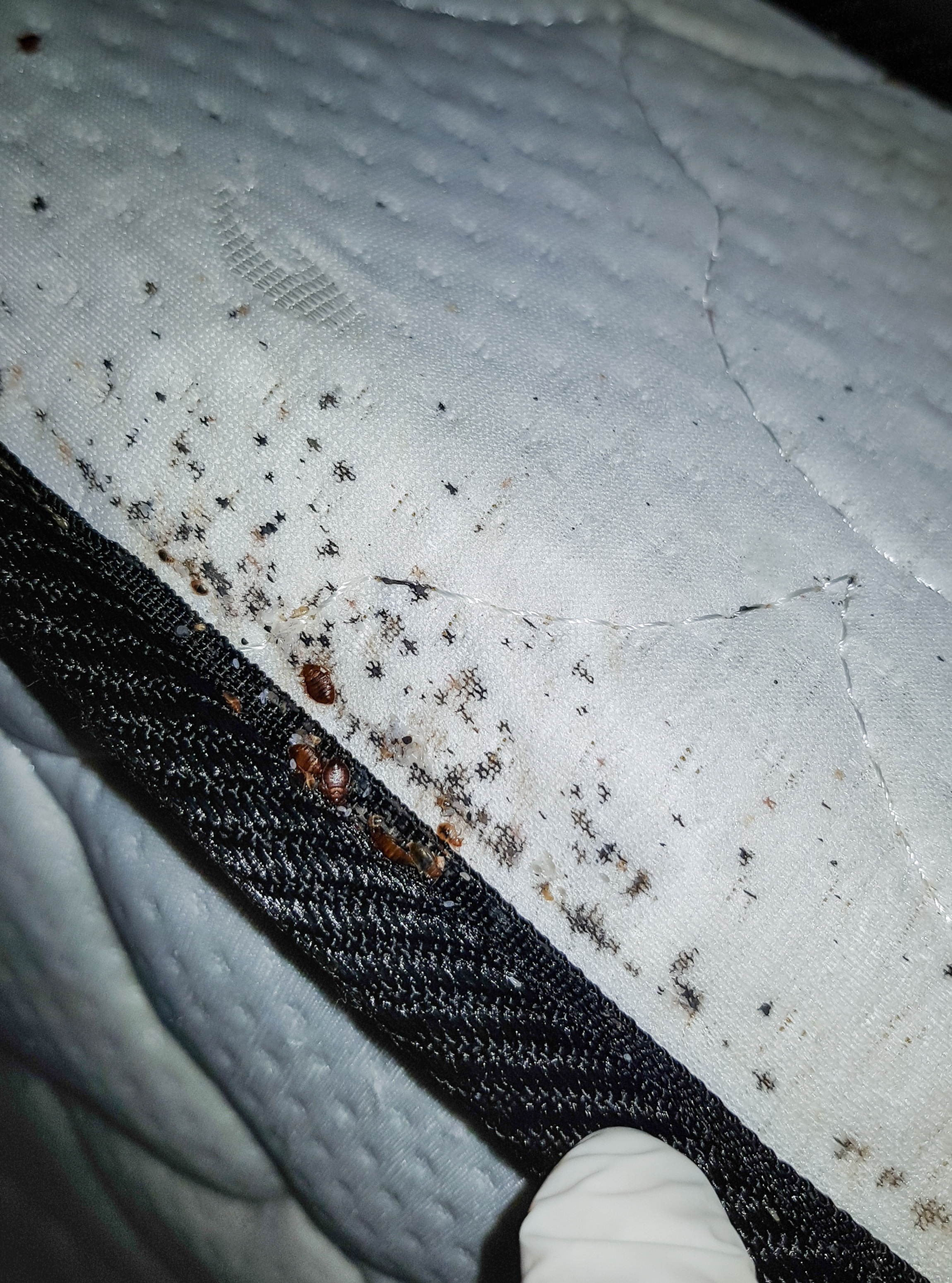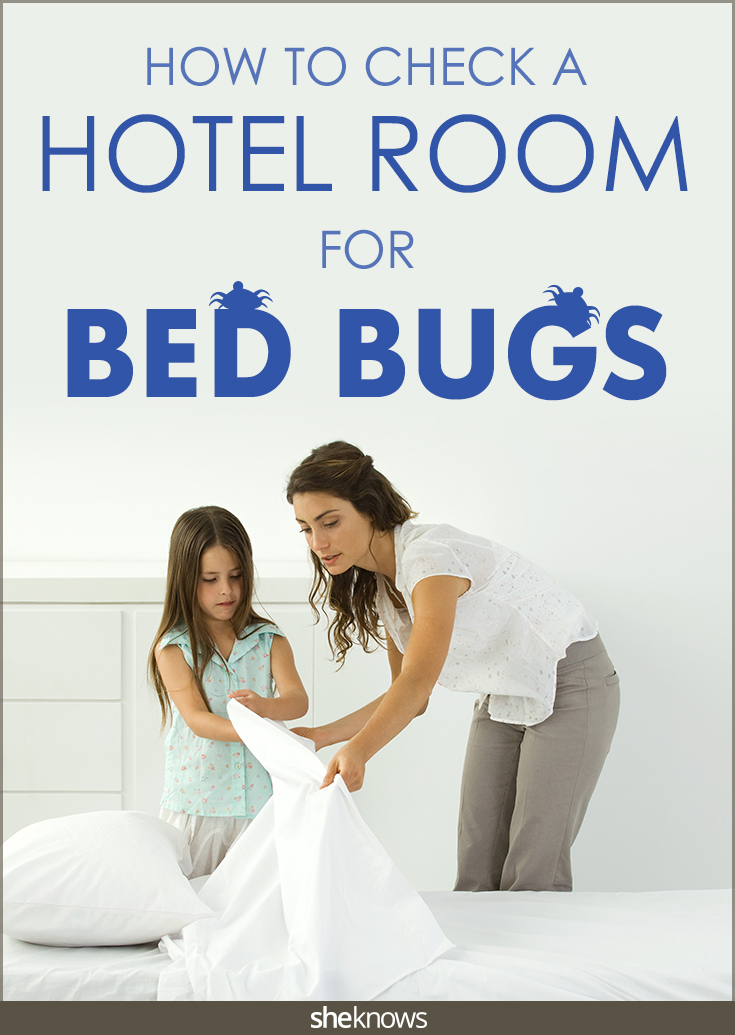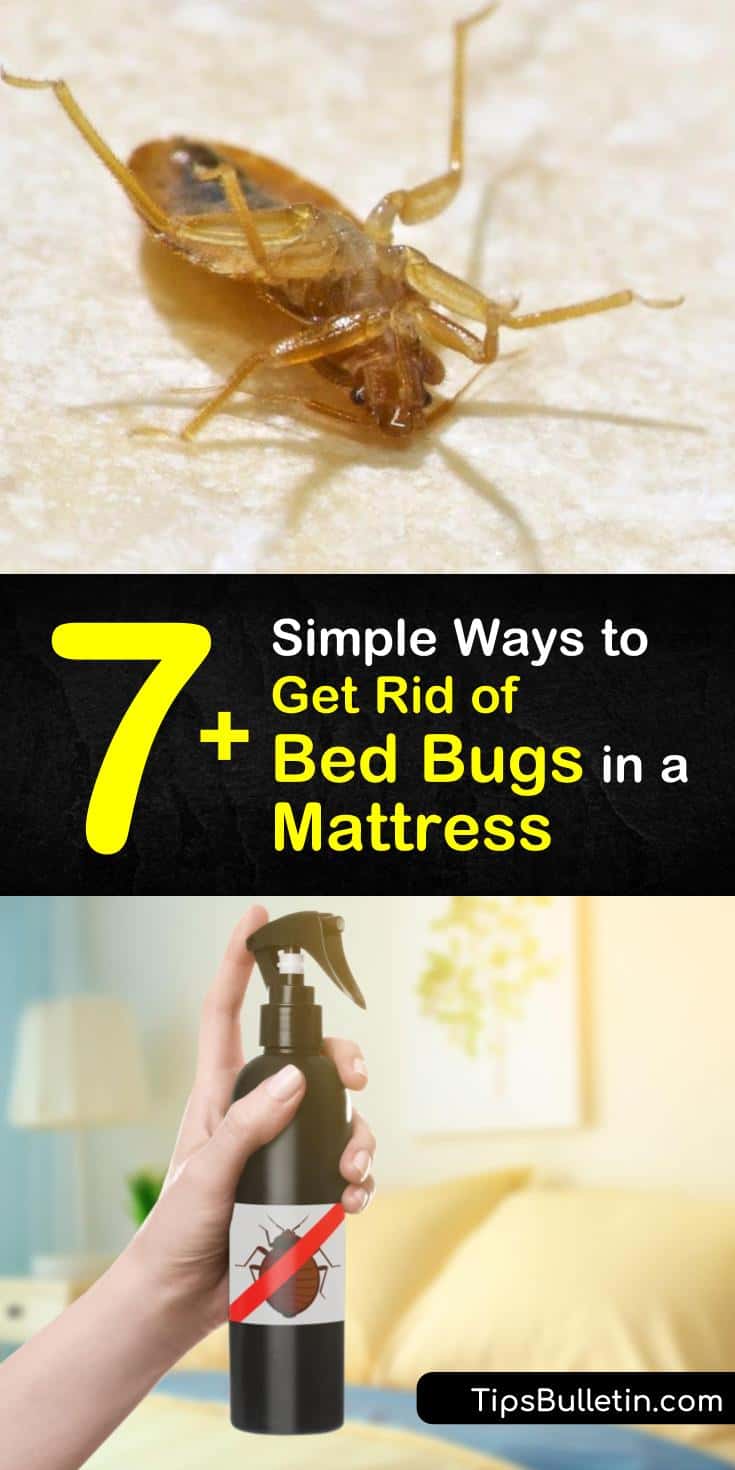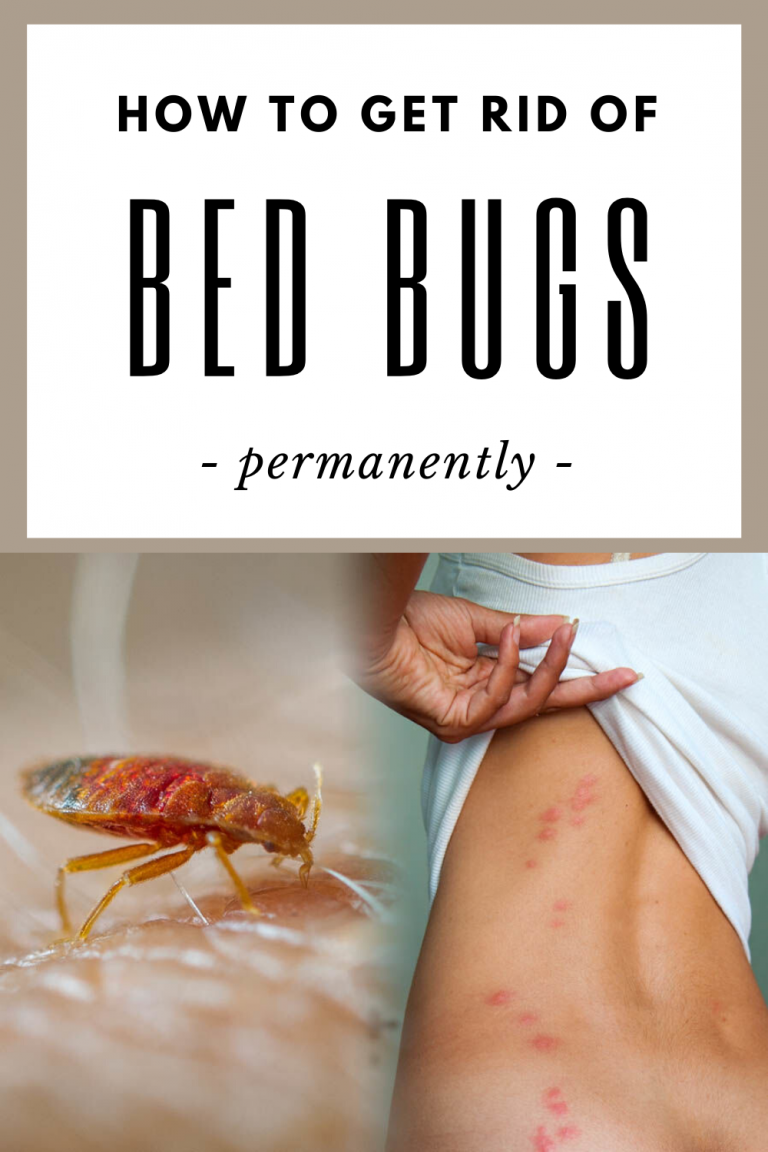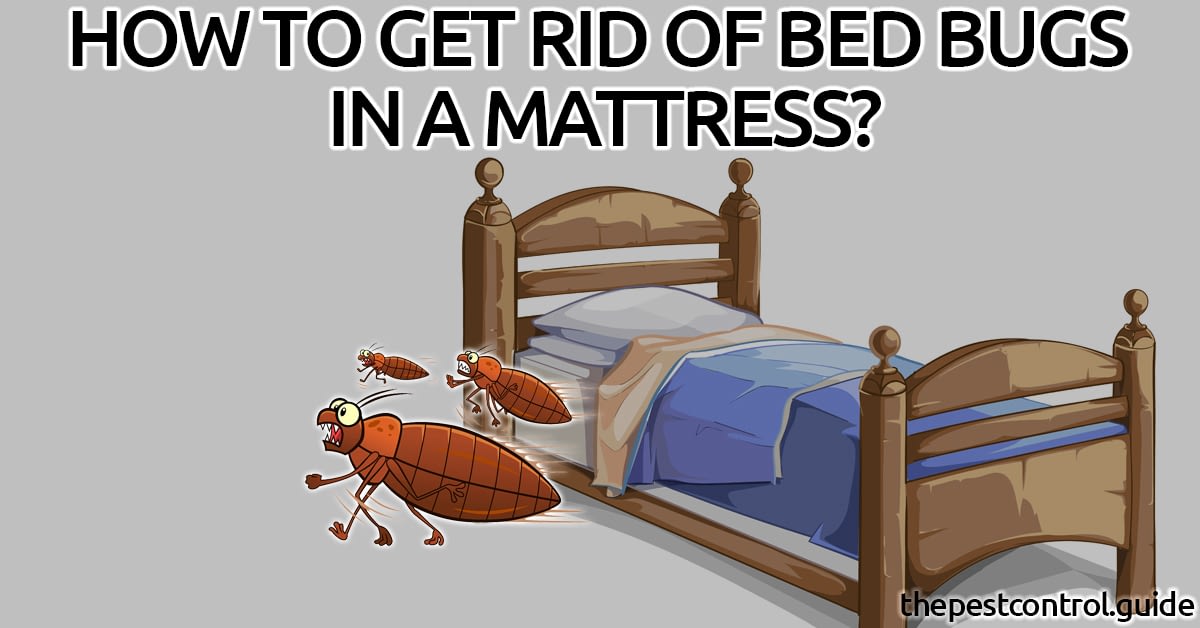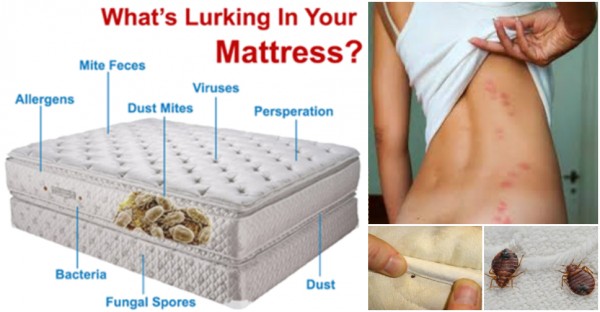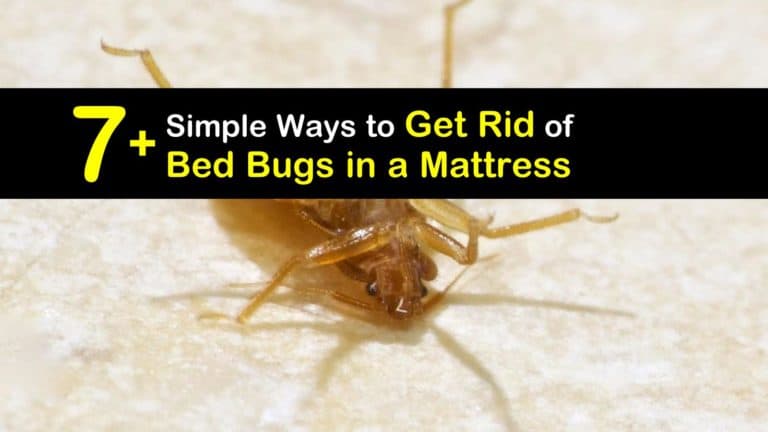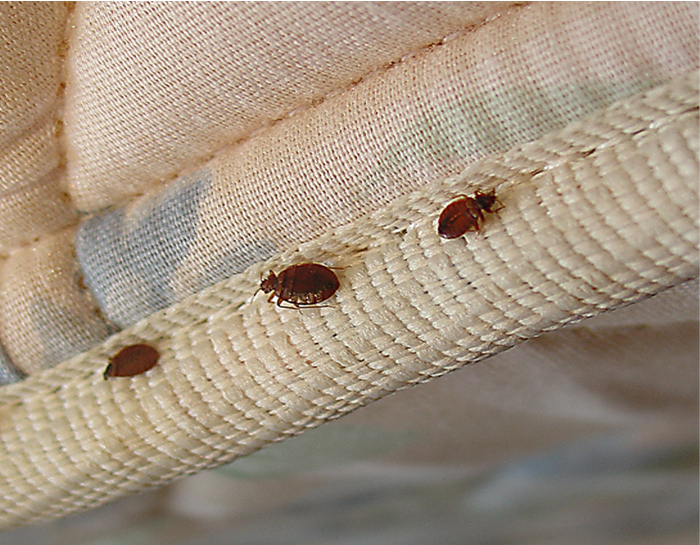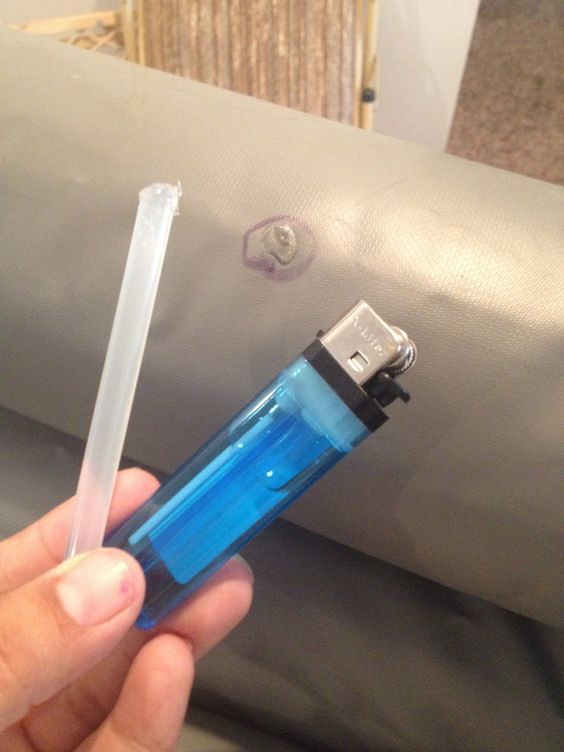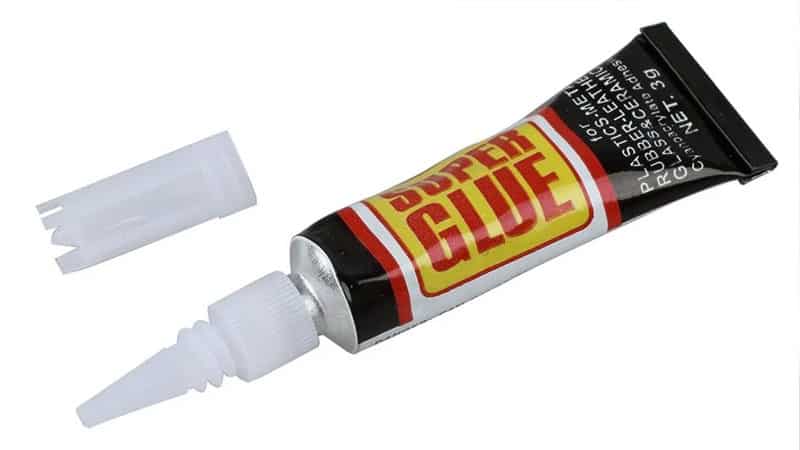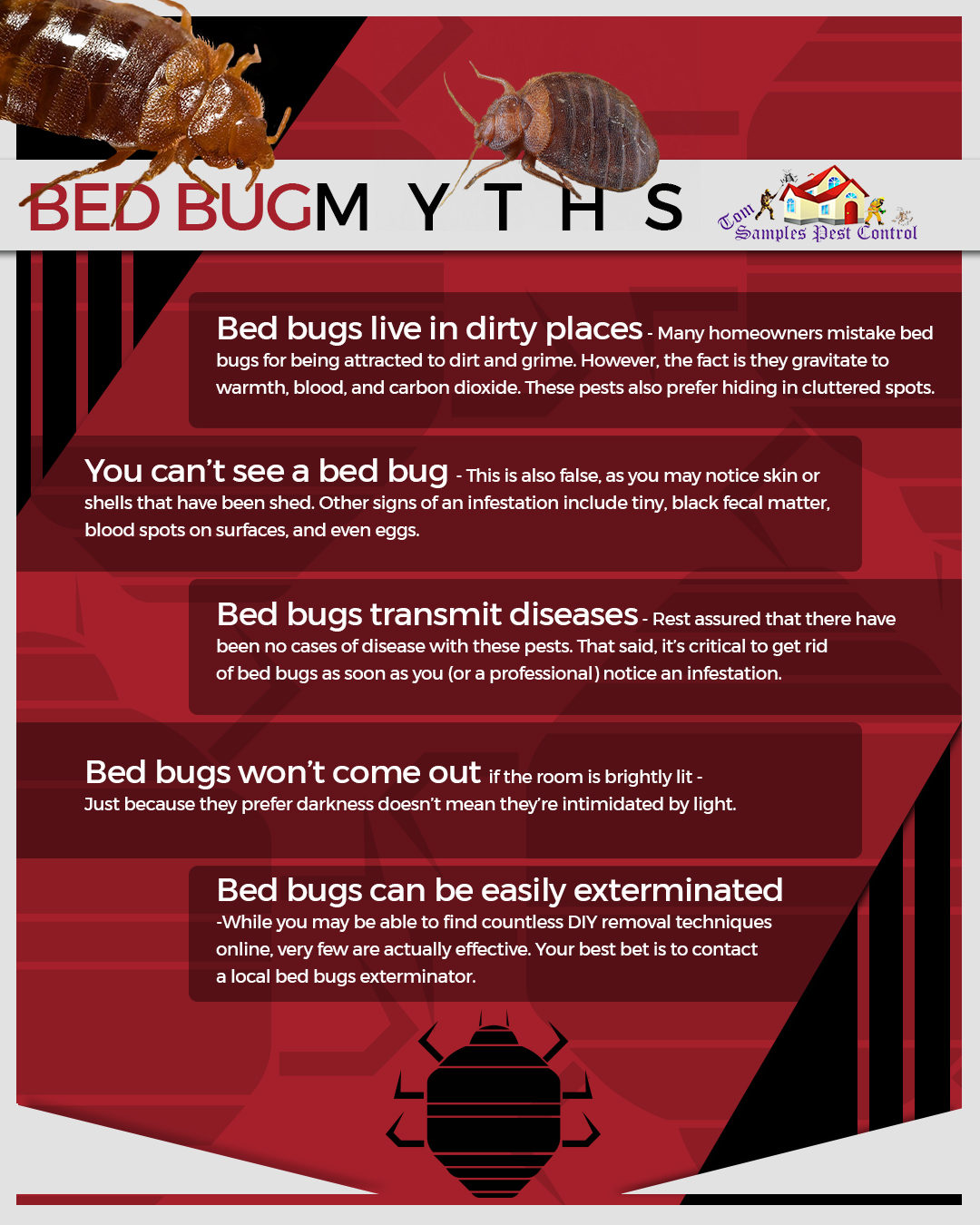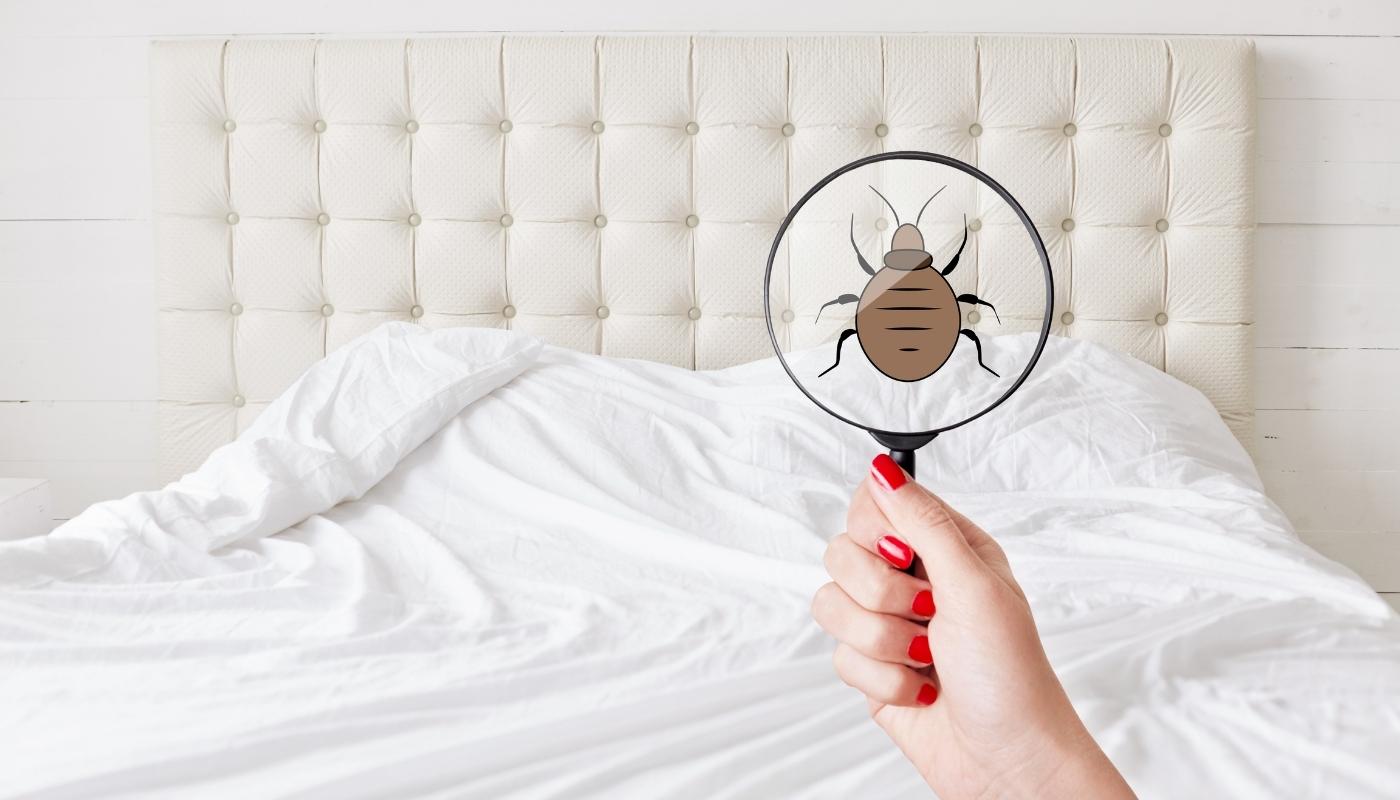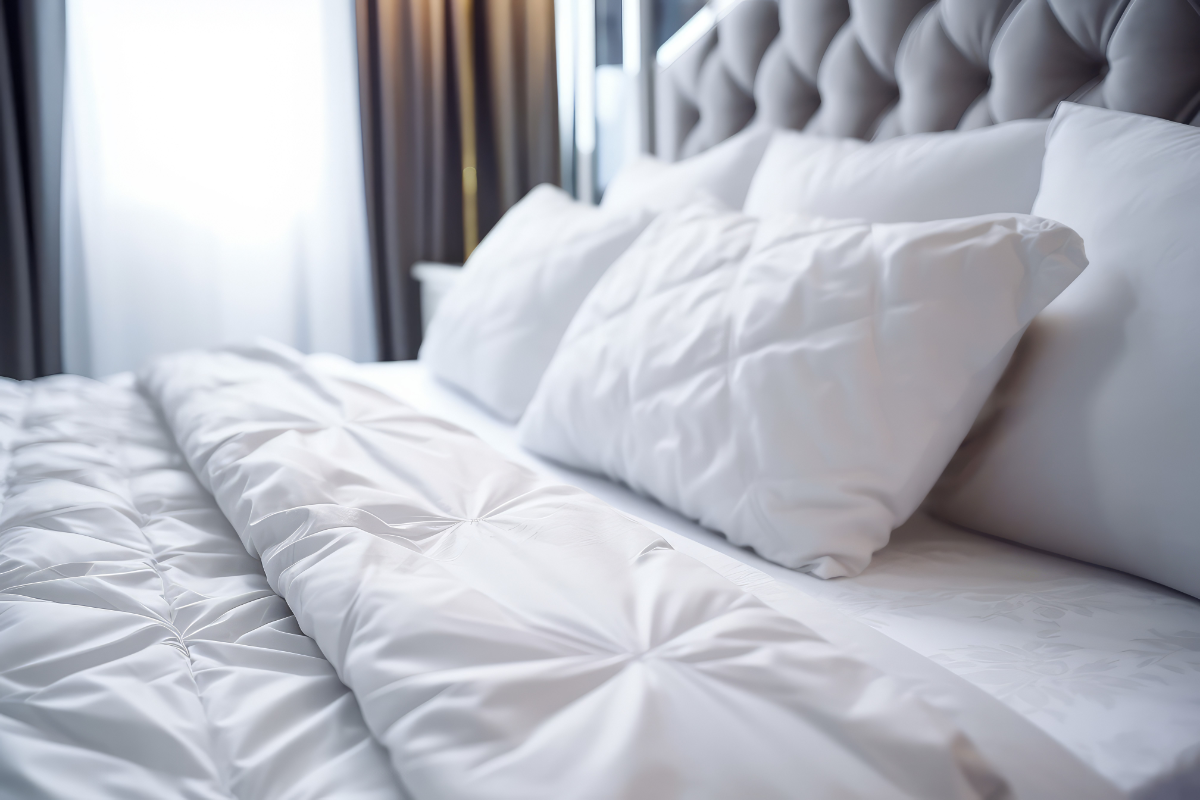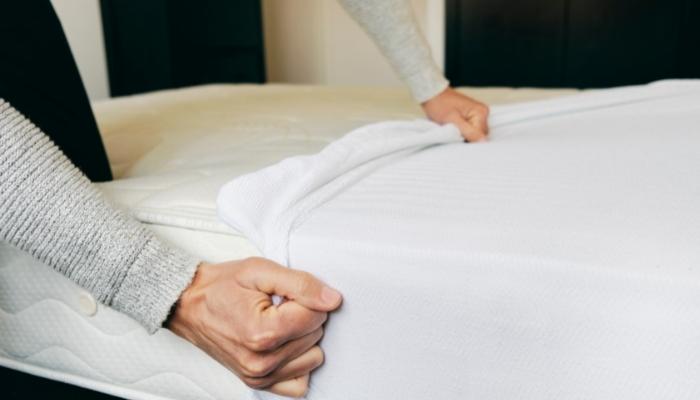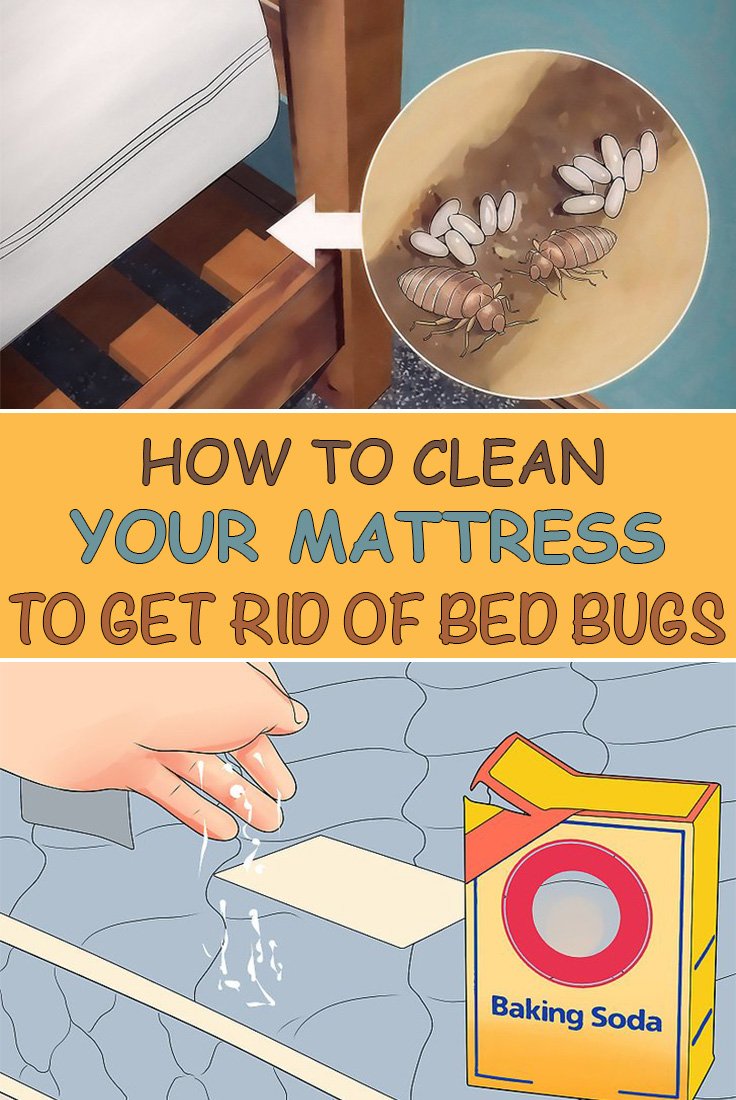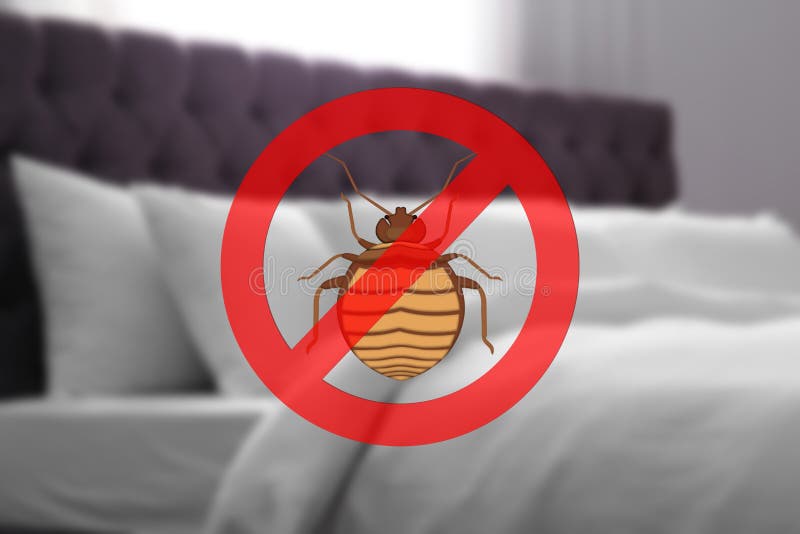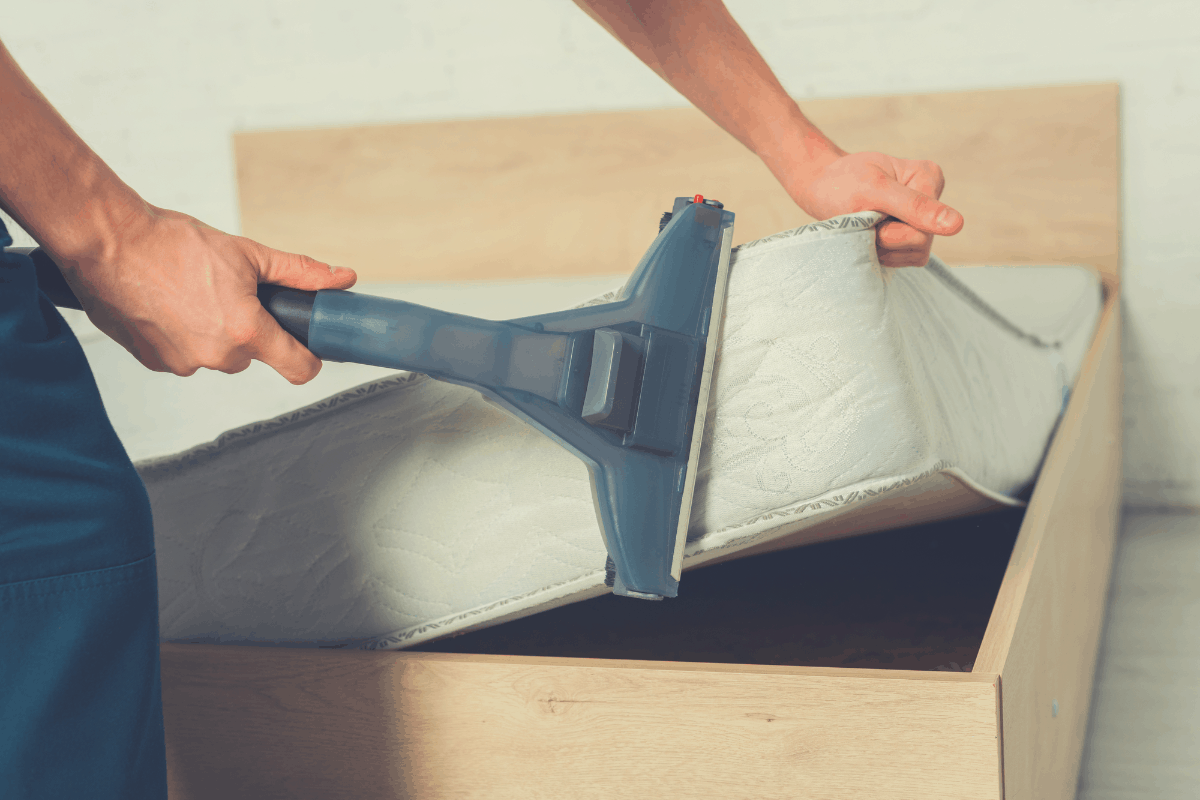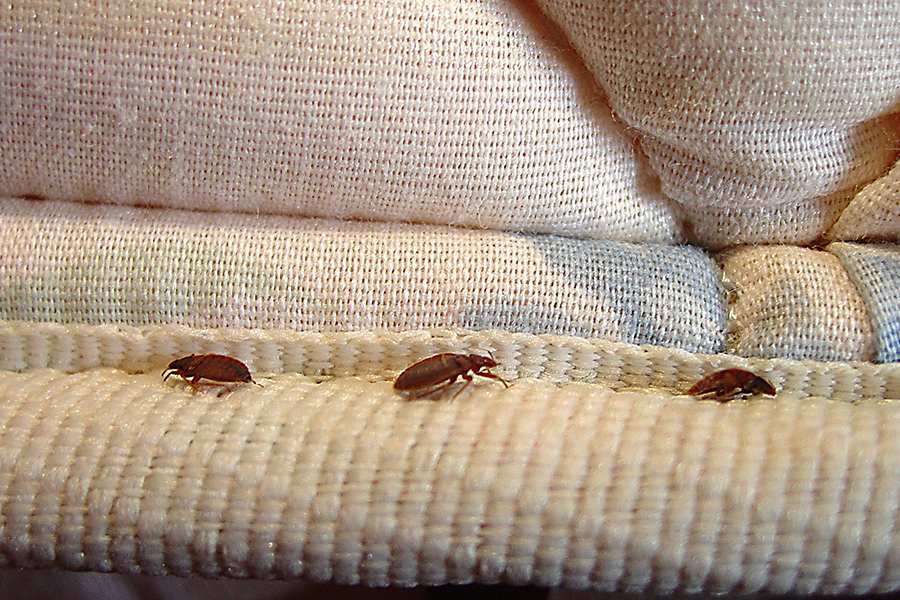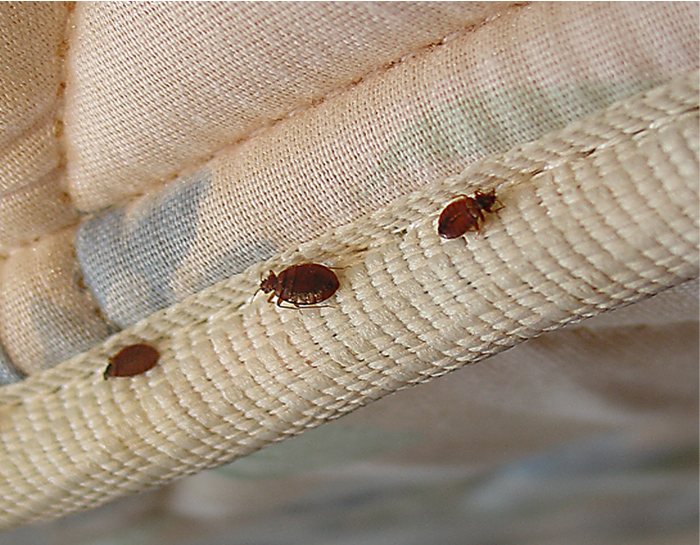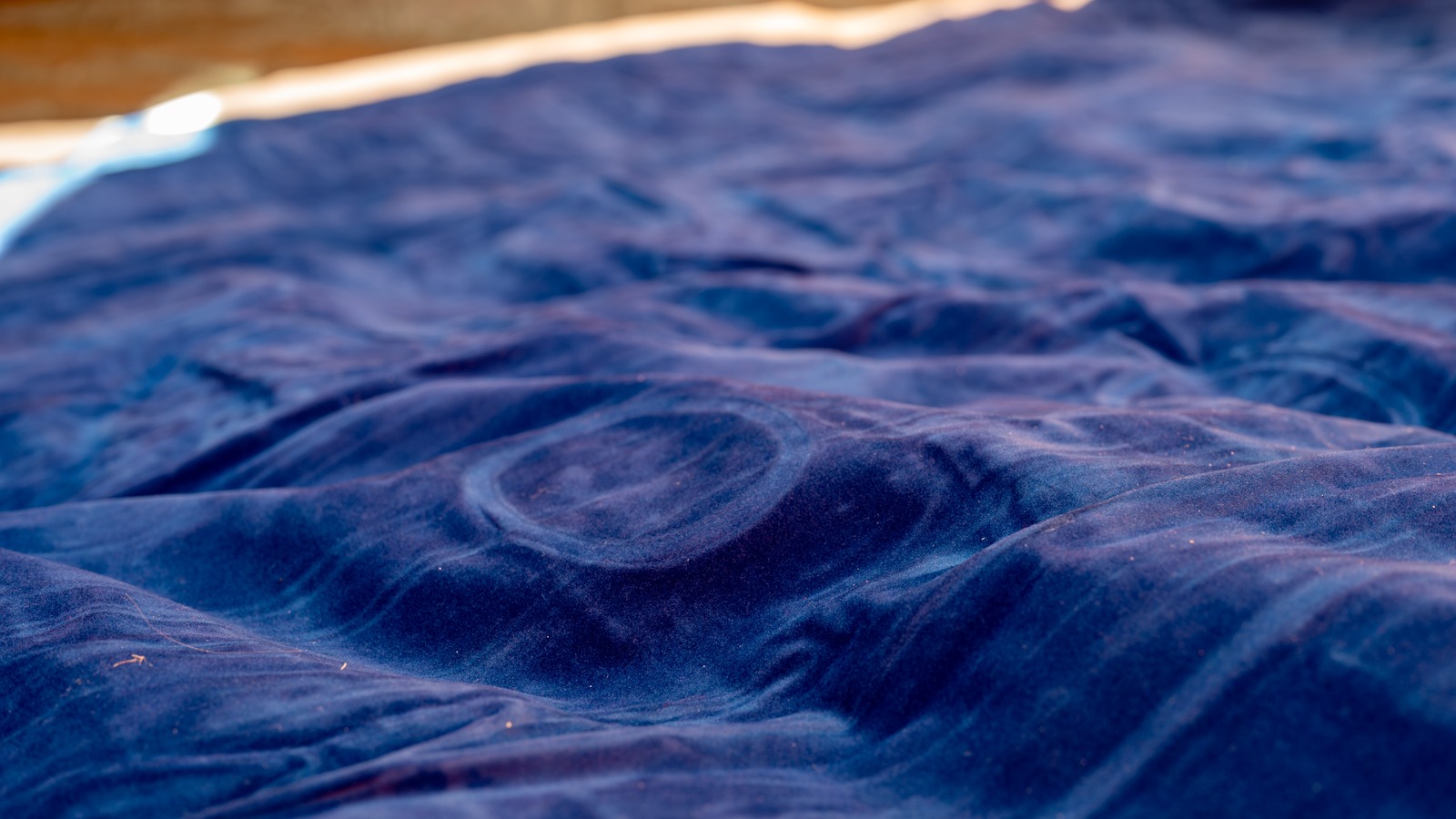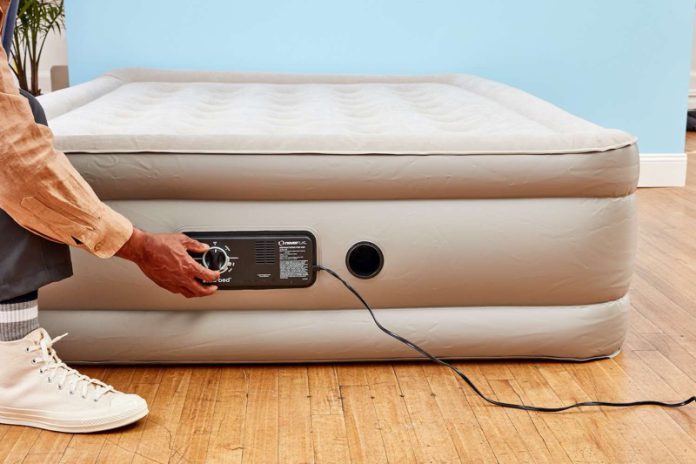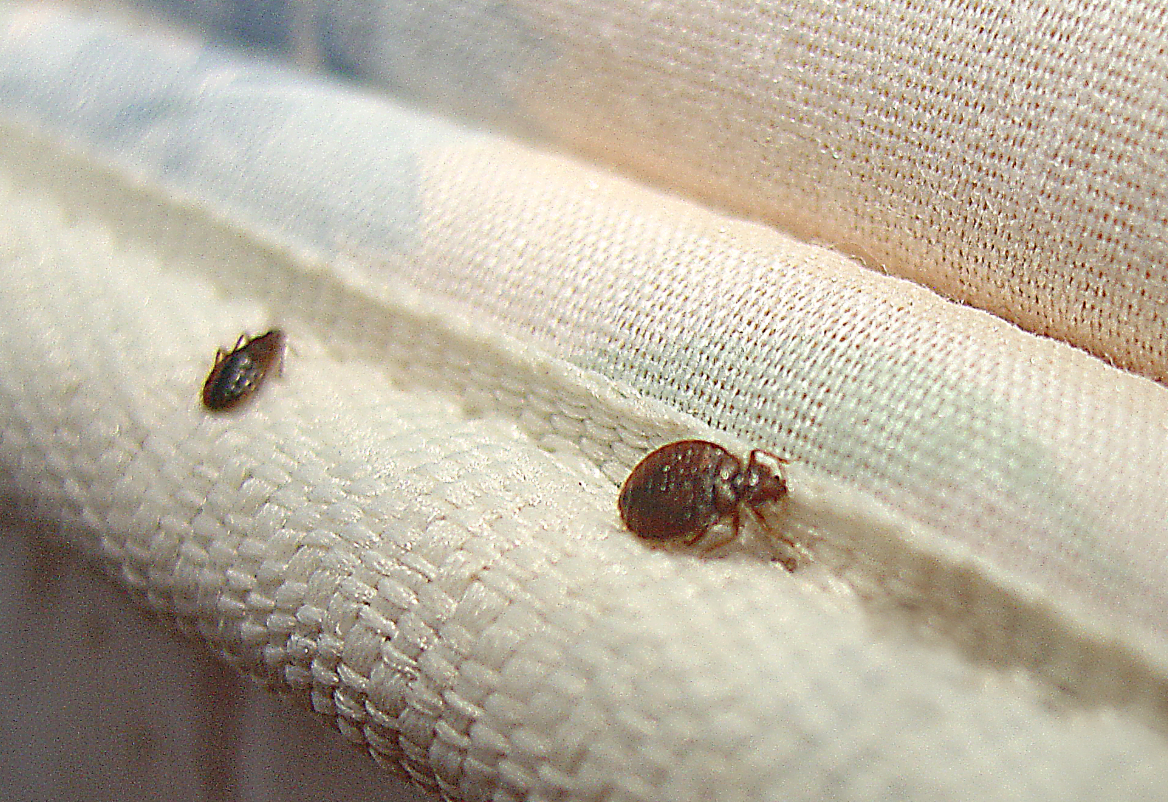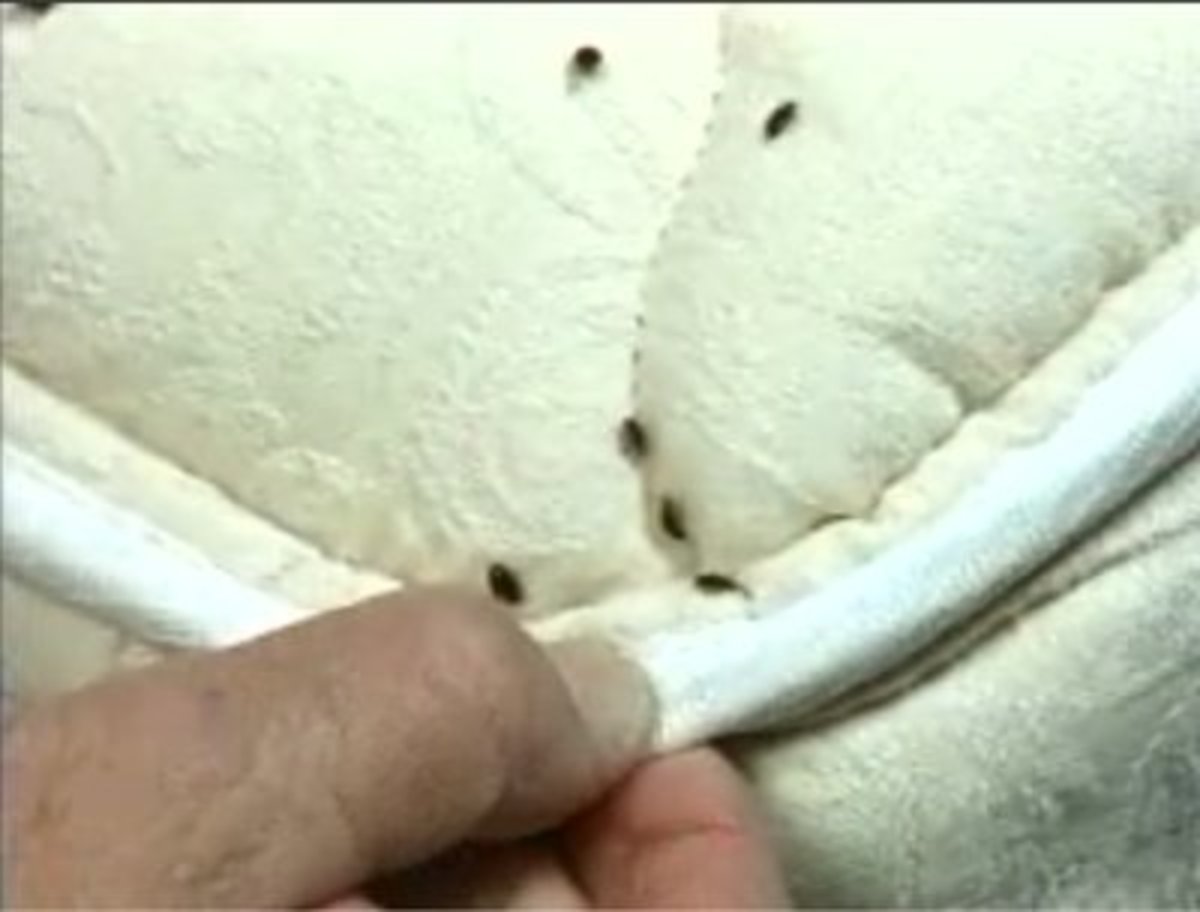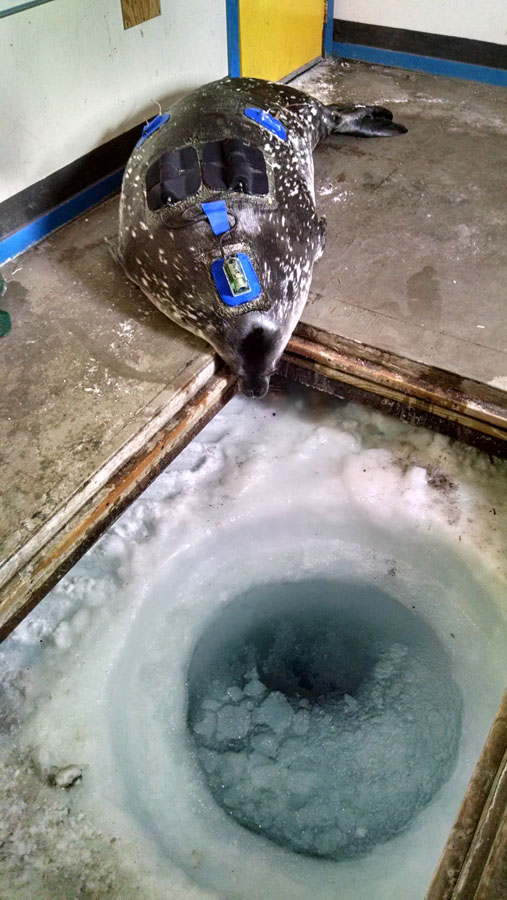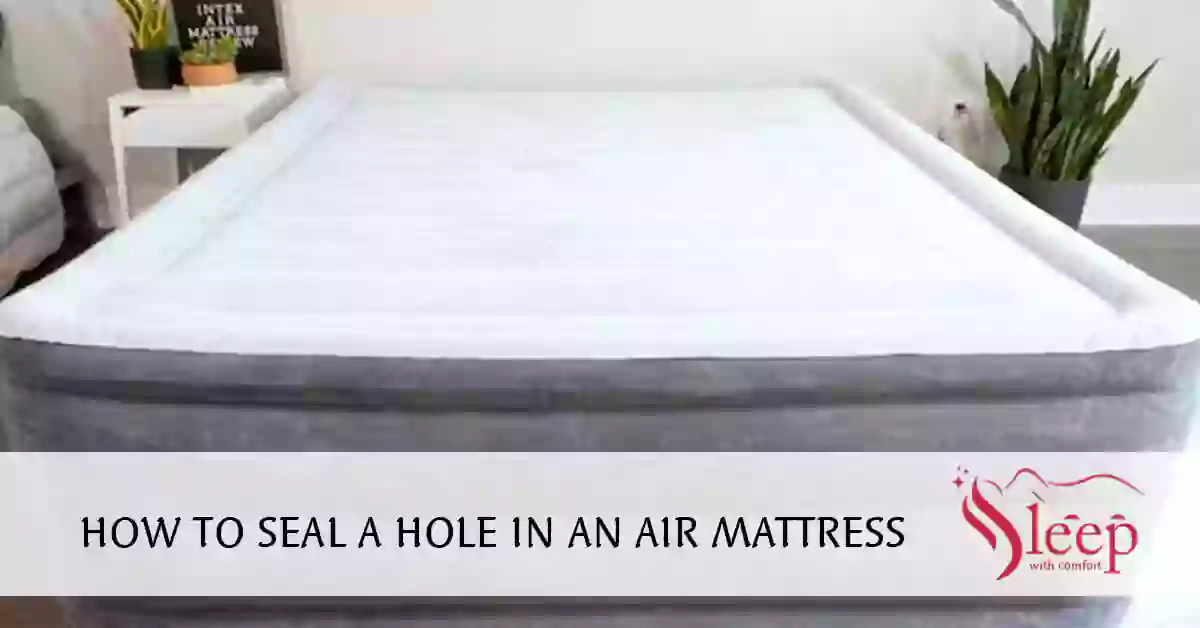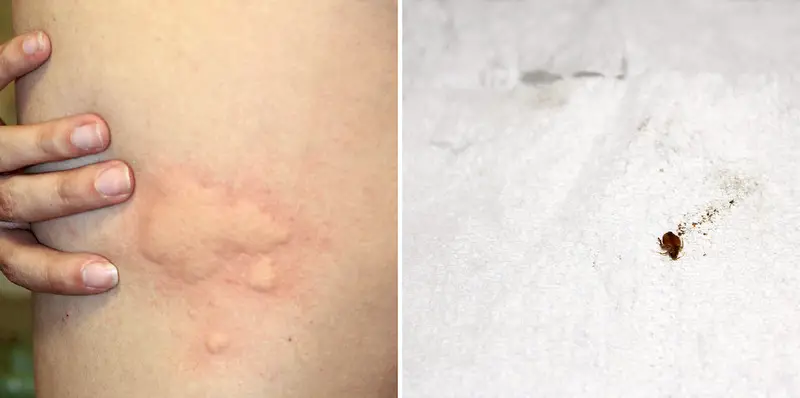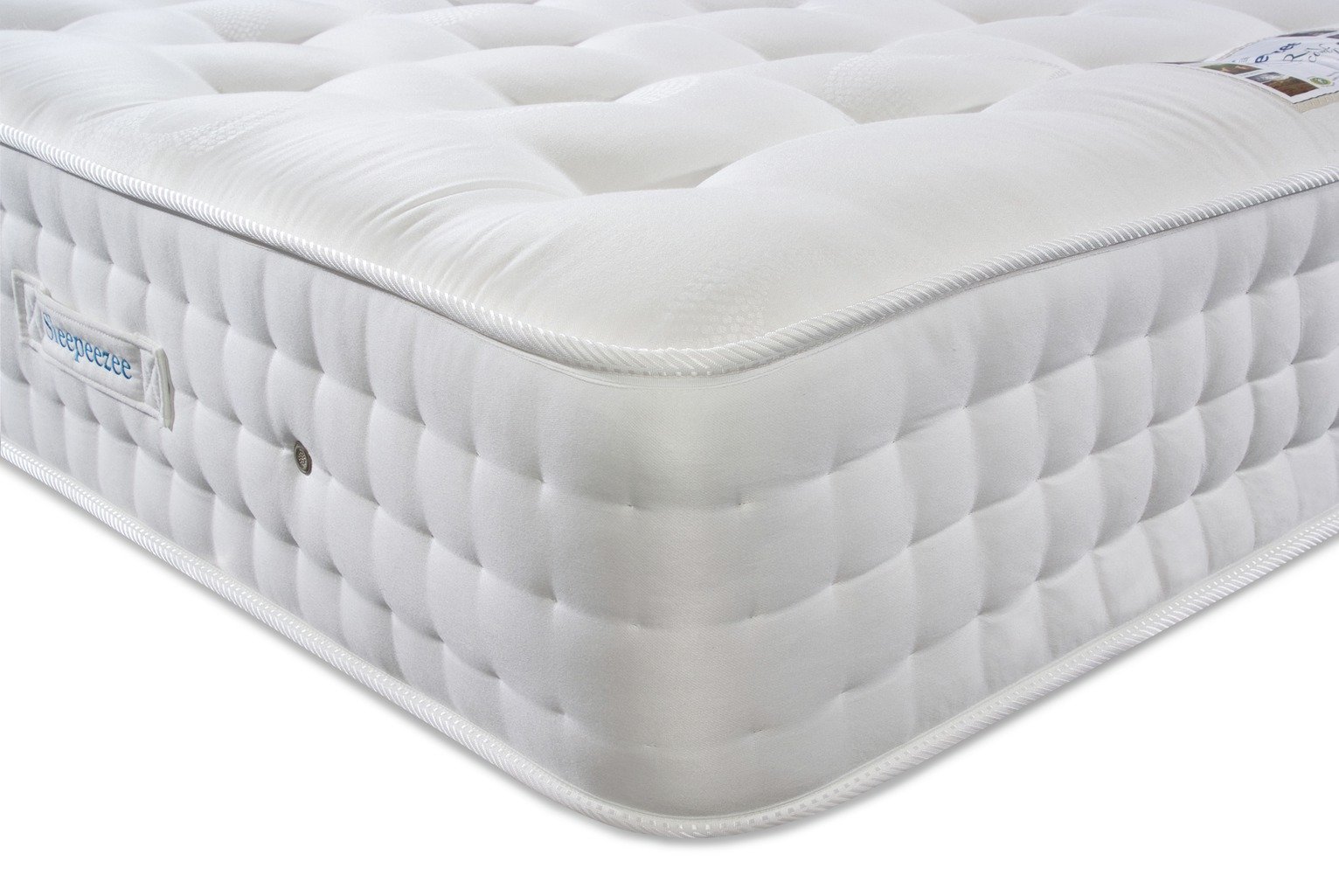If you wake up with itchy, red bumps on your body, chances are you may have been bitten by bed bugs. These tiny insects, about the size of an apple seed, can easily make their way into your home and infest your mattress. If you suspect bed bugs are the culprit behind your bites, it's important to take steps to identify and treat them. First, it's important to know what bed bug bites look like. They typically appear in small clusters or lines and can be red, swollen, and itchy. However, not everyone reacts to bed bug bites in the same way, so it's possible to have no reaction at all. If you do have a reaction, it's important not to scratch the bites as this can lead to infection. To treat bed bug bites, wash the affected area with soap and water and apply a cold compress to reduce swelling. You can also use over-the-counter anti-itch creams or take antihistamines to alleviate itching. If the bites are severe or become infected, seek medical attention.How to Identify and Treat Bed Bug Bites
If you suspect you have bed bugs in your mattress, the first step is to thoroughly inspect it. Use a flashlight and a magnifying glass to look for any signs of bed bugs. These can include small black or brown spots (bed bug feces), shed skins, or the bugs themselves. Pay close attention to the seams, crevices, and corners of your mattress, as these are common hiding spots for bed bugs. If you do find evidence of bed bugs, it's important to take action immediately. Begin by removing all bedding and vacuuming your mattress, paying special attention to seams and crevices. Next, wash all bedding in hot water and dry on high heat. This will help to kill any bed bugs or eggs that may be hiding in your bedding.How to Check for Bed Bugs in a Mattress
Getting rid of bed bugs in a mattress can be a daunting task, but it's not impossible. One of the most effective methods is to use a bed bug spray specifically designed for mattresses. These sprays contain insecticides that can kill bed bugs on contact. However, it's important to follow the instructions carefully and use caution when using any type of insecticide in your home. Another option is to use a bed bug mattress encasement. These are special covers that completely encase your mattress, preventing bed bugs from entering or escaping. They are also waterproof and can protect your mattress from spills and stains.How to Get Rid of Bed Bugs in a Mattress
If you have a hole in your mattress, it's important to repair it as soon as possible to prevent bed bugs from entering or nesting inside. To repair a hole, you can use a patch kit specifically designed for mattresses or a heavy-duty fabric tape. Make sure to clean and dry the area around the hole before applying the patch or tape. If the hole is too large to repair, it may be time to invest in a new mattress. A good quality mattress can last for several years and provide a comfortable and safe sleeping environment.How to Repair a Hole in a Mattress
Preventing bed bugs from infesting your mattress is key to avoiding a major infestation. To prevent bed bugs, it's important to regularly inspect your mattress and bedding for any signs of the insects. Additionally, take precautions when traveling, such as inspecting hotel mattresses and keeping your luggage off the floor. You can also use a mattress encasement as a preventive measure. This will not only protect your mattress from bed bugs, but also from allergens and dust mites.How to Prevent Bed Bugs in a Mattress
If you do have bed bugs in your mattress, it's important to thoroughly clean it to eliminate the infestation. Begin by vacuuming your mattress, paying close attention to seams and crevices. Next, use a steam cleaner to kill any remaining bed bugs or eggs. Make sure to use a high heat setting and move the steam cleaner slowly over the entire surface of the mattress. After steam cleaning, let your mattress dry completely before replacing bedding and encasing the mattress. It's also a good idea to repeat this cleaning process every few months to prevent any future infestations.How to Clean a Mattress with Bed Bugs
If you have a hole in your mattress, you can patch it with a patch kit or heavy-duty fabric tape. However, it's important to note that these patches may not be a permanent solution and may need to be replaced over time. To increase the longevity of the patch, make sure to clean and dry the area before applying and reinforce the patch with additional tape if needed. Another option is to cut a piece of foam or memory foam to fit the size of the hole and place it inside the mattress cover to fill the gap. This can provide additional comfort and support while also preventing bed bugs from entering or nesting.How to Patch a Hole in a Mattress
In addition to regular inspections, there are a few other ways to detect bed bugs in a mattress. One method is to use bed bug interceptors, which are placed under the legs of your bed and can trap bed bugs as they try to climb up onto your mattress. Another option is to use a bed bug detection kit, which uses a chemical attractant to lure bed bugs out of hiding. It's also important to keep an eye out for any signs of bed bugs, such as blood stains on your sheets or dark spots on your mattress, and take action immediately if you suspect an infestation.How to Detect Bed Bugs in a Mattress
Sealing a hole in your mattress is important to prevent bed bugs from entering or nesting inside. To seal a hole, you can use a patch kit or heavy-duty fabric tape. It's also a good idea to reinforce the patch with additional tape to ensure a tight seal. Additionally, regularly inspect your mattress and replace any damaged patches or tape as needed. Another option is to use a mattress encasement, which can provide a protective barrier against bed bugs and other pests. Make sure to choose an encasement that is bed bug proof and covers the entire mattress, including the zipper.How to Seal a Hole in a Mattress
If your mattress is infested with bed bugs, it's important to treat it as soon as possible to prevent the infestation from spreading. In addition to vacuuming and steam cleaning, you can also use a bed bug spray or call a professional exterminator for more severe infestations. It's also a good idea to follow up with regular cleanings and inspections to ensure that the bed bugs have been fully eradicated. With proper treatment and prevention, you can keep your mattress free from bed bugs and enjoy a good night's sleep. How to Treat a Mattress for Bed Bugs
The Importance of Protecting Your Mattress from Bed Bugs

What are Bed Bugs?
 Bed bugs are tiny, wingless insects that feed on the blood of humans and animals. They can hide in small crevices and cracks, making it difficult to detect and get rid of them. These pests are not just found in dirty or unkempt homes, but can also infest clean and well-maintained spaces. One of the most common places bed bugs can be found is in mattresses, which is why it is important to protect your mattress from these unwanted guests.
Bed bugs are tiny, wingless insects that feed on the blood of humans and animals. They can hide in small crevices and cracks, making it difficult to detect and get rid of them. These pests are not just found in dirty or unkempt homes, but can also infest clean and well-maintained spaces. One of the most common places bed bugs can be found is in mattresses, which is why it is important to protect your mattress from these unwanted guests.
The Dangers of Bed Bugs in Your Mattress
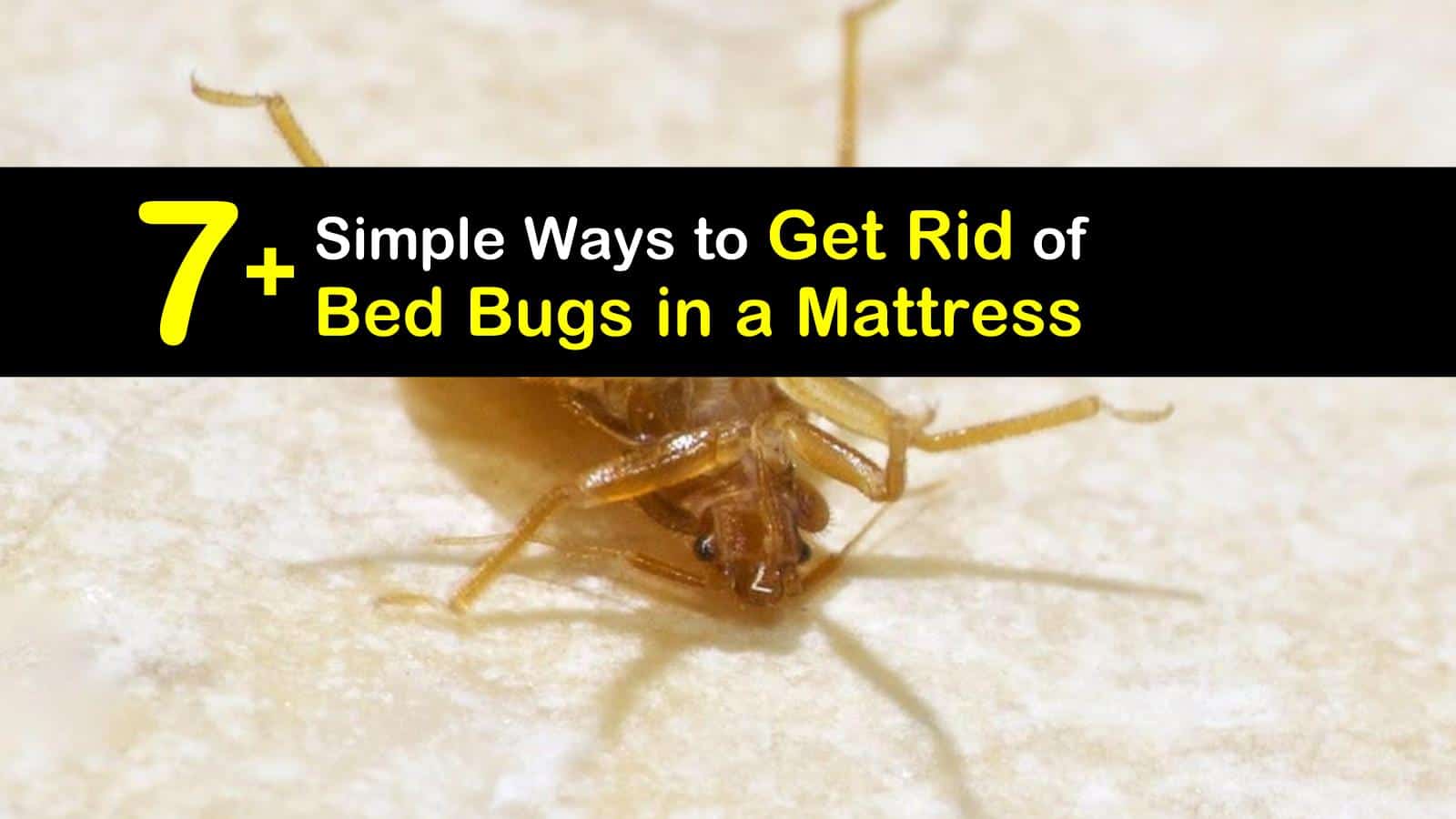 Aside from being a major nuisance, bed bugs can also pose serious health risks. Their bites can cause allergic reactions, skin rashes, and even psychological effects such as anxiety and insomnia. These pests can also carry and transmit diseases, making them a potential threat to you and your family's well-being.
Aside from being a major nuisance, bed bugs can also pose serious health risks. Their bites can cause allergic reactions, skin rashes, and even psychological effects such as anxiety and insomnia. These pests can also carry and transmit diseases, making them a potential threat to you and your family's well-being.
How Do Bed Bugs Get into Your Mattress?
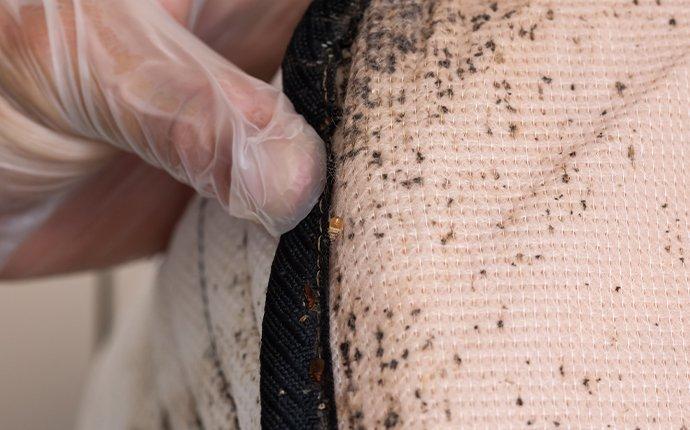 Bed bugs are excellent hitchhikers and can easily be brought into your home through infested furniture, luggage, or clothing. Once they make their way into your mattress, they can quickly reproduce and spread to other areas of your home, making it difficult and expensive to eliminate them.
Bed bugs are excellent hitchhikers and can easily be brought into your home through infested furniture, luggage, or clothing. Once they make their way into your mattress, they can quickly reproduce and spread to other areas of your home, making it difficult and expensive to eliminate them.
Protecting Your Mattress from Bed Bugs
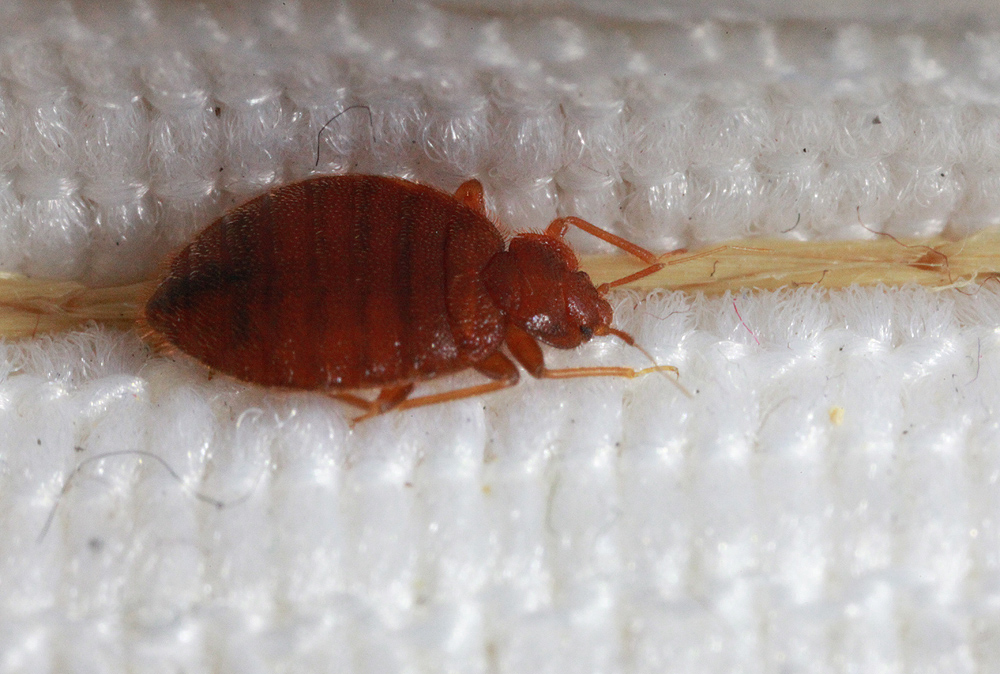 The best way to prevent bed bugs from infesting your mattress is by taking preventive measures.
One of the most effective ways to do this is by using a mattress encasement or cover
. These covers are designed to completely encase your mattress, providing a barrier that bed bugs cannot penetrate.
Make sure to choose a cover that is specifically designed to prevent bed bugs and has a secure zipper closure
.
The best way to prevent bed bugs from infesting your mattress is by taking preventive measures.
One of the most effective ways to do this is by using a mattress encasement or cover
. These covers are designed to completely encase your mattress, providing a barrier that bed bugs cannot penetrate.
Make sure to choose a cover that is specifically designed to prevent bed bugs and has a secure zipper closure
.
Other Tips to Keep Bed Bugs Away
 In addition to using a mattress encasement, there are other measures you can take to keep bed bugs away from your mattress.
Regularly vacuuming your mattress and surrounding areas can help remove any potential hiding spots for bed bugs
. When traveling,
inspect your luggage and clothing for any signs of bed bugs before bringing them into your home
. If you suspect that you have been in contact with bed bugs, immediately
wash and dry your clothing and bedding on high heat to kill any potential bugs
.
In addition to using a mattress encasement, there are other measures you can take to keep bed bugs away from your mattress.
Regularly vacuuming your mattress and surrounding areas can help remove any potential hiding spots for bed bugs
. When traveling,
inspect your luggage and clothing for any signs of bed bugs before bringing them into your home
. If you suspect that you have been in contact with bed bugs, immediately
wash and dry your clothing and bedding on high heat to kill any potential bugs
.
Conclusion
 Protecting your mattress from bed bugs is crucial for maintaining a healthy and comfortable home. By taking preventive measures and using a quality mattress encasement, you can ensure that your mattress remains free from these pesky pests. Remember to
regularly inspect and clean your mattress to keep it bed bug-free
, and if you do find an infestation,
seek professional help to effectively eliminate them
. Don't let a hole in your mattress become a gateway for bed bugs to enter your home.
Protecting your mattress from bed bugs is crucial for maintaining a healthy and comfortable home. By taking preventive measures and using a quality mattress encasement, you can ensure that your mattress remains free from these pesky pests. Remember to
regularly inspect and clean your mattress to keep it bed bug-free
, and if you do find an infestation,
seek professional help to effectively eliminate them
. Don't let a hole in your mattress become a gateway for bed bugs to enter your home.




:max_bytes(150000):strip_icc()/bed-bug-bites-overview-2633482_v2-f8bfc57491af4e7a93307ec27a0d9652.png)








